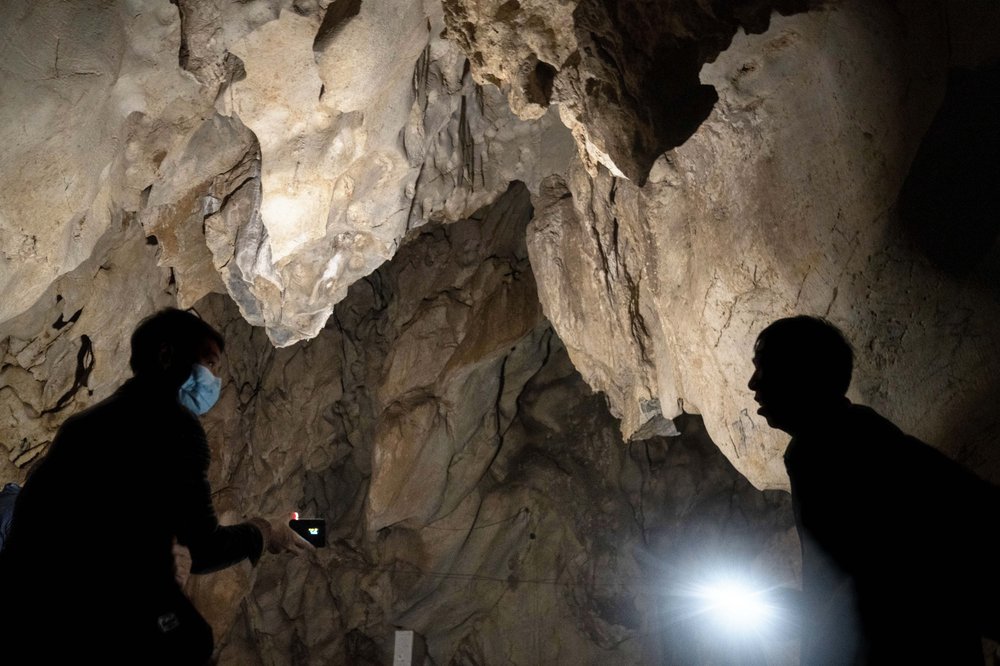Mass protests in China overwhelm communist nation’s censorship system
12/02/2022 / By Ramon Tomey

The ongoing protests in China, which featured fed-up citizens calling for an end to tyrannical rules to curb the Wuhan coronavirus (COVID-19), have overwhelmed government censors in the country.
Censors were known for lightning-fast action against controversial topics that challenge the regime in Beijing, taking them down as soon as the topics trend. Now, they face a difficult time with the numerous videos of protests being posted on Chinese social media. Speaking to the New York Times, one former Chinese censor admitted that the central government needs to do two things – hire additional manpower and develop more sophisticated surveillance algorithms – if it wants to stem the torrent of videos about the protests circulating online.
One such video posted to Twitter showed dozens of riot police in the city of Guangzhou, the capital of Guangdong province, moving in formation toward destroyed lockdown barriers. They did not relent even as protesters were throwing objects at them. In another video, police officers at Guangzhou’s Haizhu district deployed tear gas against defiant protesters.
Aside from clashes between demonstrators and police, protesters holding up blank sheets of paper – an atypical yet brave display of resistance in the authoritarian country – also made the rounds on social media.
Xiao Qiang, an internet freedom researcher at the University of California Berkeley, told the Times: “This is a decisive breach of the big silence. Once the anger spills on to the street it becomes much harder to censor.”
According to the researcher, China’s reliance on automated algorithms to censor its citizens partly contributed to the difficulty of clamping down on the social media resistance. Incidents were filmed from multiple angles, increasing the chances of these events to go viral.
Aside from this, protesters themselves have utilized various tricks to evade government surveillance. These include adding filters or recording footage of already-viral incidents on other devices. Moreover, protesters have also started to employ virtual private networks (VPNs) and similar software to access websites blocked by China’s Great Firewall such as Instagram and Twitter.
CCP pledges to crack down on protesters
Nevertheless, the Central Political and Legal Affairs Commission (CPLAC) – the Chinese Communist Party’s (CCP) top law enforcement authority – vowed to crack down on “the infiltration and sabotage activities of hostile forces.” It added that it would not tolerate “illegal and criminal acts that disrupt social order.”
According to several news reports, Chinese law enforcement were confiscating mobile phones. They looked for photos or videos of the protests, alongside any VPN software used, and deleted them. This did not stop other protest videos from circulating, however.
The protests began in the city of Urumqi, the capital of the Xinjiang region, in the far western region of China. A deadly fire at an apartment block in the city killed several people. Rescue efforts were reportedly hampered by zero-COVID lockdowns, as Urumqi had been under the restrictions for 100 days.
The outrage eventually spilled to major cities like Nanjing, Shanghai, Guangzhou and the capital Beijing. While the protests opposed the draconian zero-COVID policy, it also served as a challenge to Chinese paramount leader Xi Jinping’s grip on power. (Related: Zero-COVID policy having severe effects on Chinese economy.)
In spite of the inability of government censors to keep up with blocking footage of protests, technology companies sympathetic to Beijing such as Apple imposed restrictions on certain tools used by the protesters.
Apple’s AirDrop file sharing tool had been used by protesters to both communicate with others and disseminate literature. AirDrop makes use of direct connections to nearby devices, creating a network where files can be shared at an indefinite time to others while bypassing government censors.
A recent iOS update, however, restricted this file sharing to nearby devices to a maximum of 10 minutes only. Apple later confirmed that the said functionality will be rolled out worldwide next year.
Head over to Uprising.news for more stories about the ongoing protests in China.
Watch this footage of protests in China against Beijing’s draconian zero-COVID policies.
This video is from the Vigilent Citizen channel on Brighteon.com.
More related stories:
Rare nationwide protests erupt across China to challenge CCP’s zero-COVID policy.
Sources include:
Submit a correction >>
Tagged Under:
airdrop, Apple, awakening, big government, Big Tech, CCP, Censorship, China, Chinese Communist Party, computing, cyber war, footage, glitch, government censors, information technology, medical fascism, Medical Tyranny, protest, resist, revolt, Social media, suppressed, tech giants, uprising, viral video
This article may contain statements that reflect the opinion of the author
RECENT NEWS & ARTICLES
COPYRIGHT © 2017 PLAGUE INFO




















